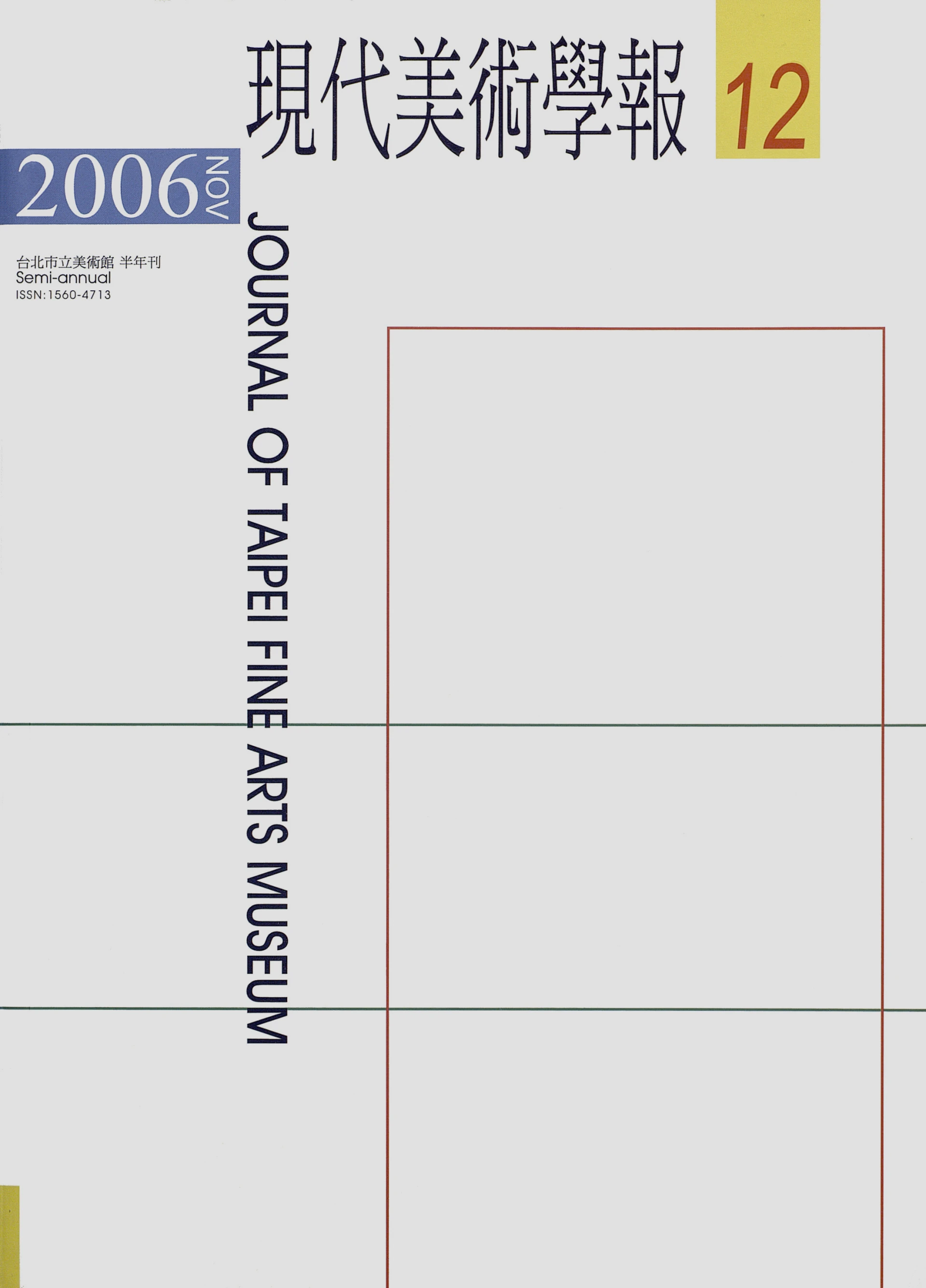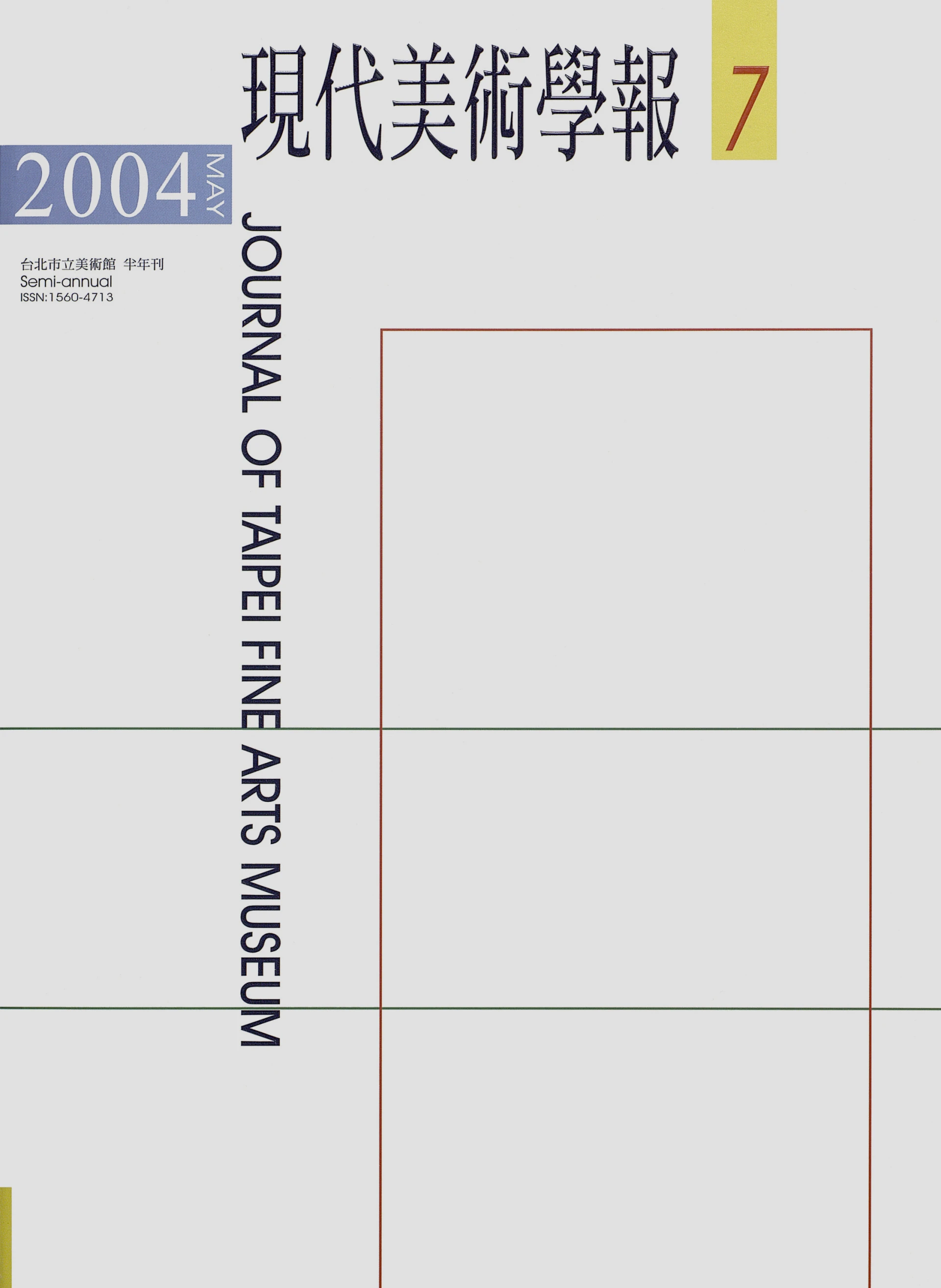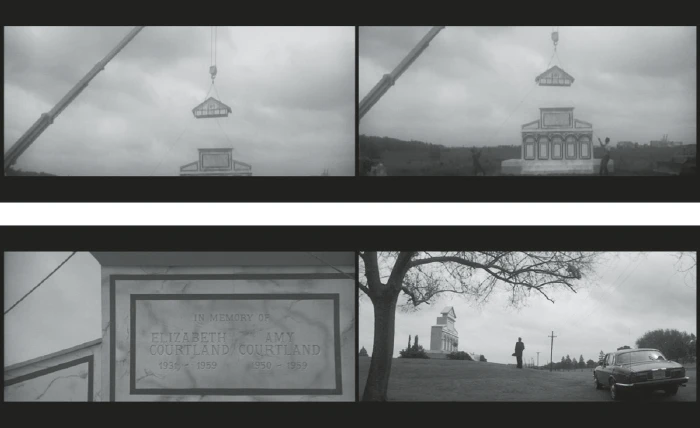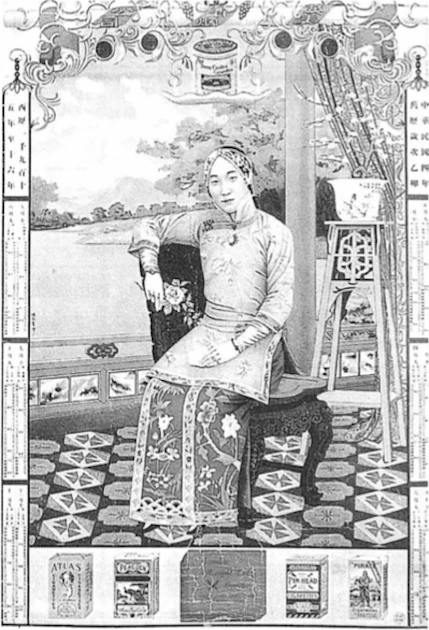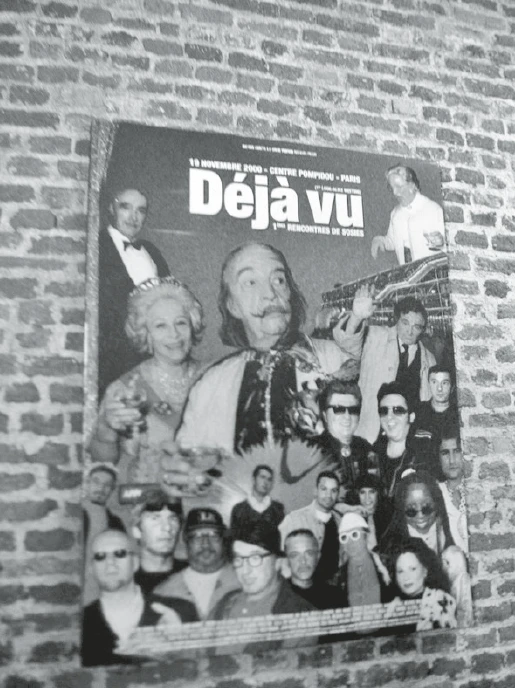摘要
本期主題以「雙重重構」,對1950到1980年代的台灣建築發展進行提問。第二次世界大戰結束後,台灣的政經和社會文化環境,發生了重大的變革;同時間,台灣建築經歷了深刻的重新組構。這個重構是什麼?台灣建築的歷史重構和政經社會文化脈絡兩者之間,存在著什麼樣的關係?這是亟欲釐清的主要問題。更重要地,我們認識到,今日對於這段歷史的回望,也是對自己的一種重構行動:藉由對歷史的重構,藉由和過去之間的重新釐清,我們重新認識自己。歷史猶如一面鏡子,返照出現今的我們。
本專題曾在2022年3月以「現代與非現代」為主題的台灣建築論壇中,進行過熱烈的討論,本期收錄的五篇研究論文即具體呈現了當時研討的成果。黃冠智的〈白冷會與台東的現代教堂〉一文,追溯了一段獨特、迥異於台灣西部主流建築的地方教會建築發展史,作者以身體經驗為觀點,對其神聖空間的建構進行探索。相對於黃文著重在西方教堂新空間移植到台東的探討,接下來的三篇論文都與中國傳統移植到戰後台灣的歷史經驗有關,而且對於二戰後台灣建築的中國傳統化路線認識的拓寬,都具有相當的啟示。在〈民國與儒家:戰後台灣國家論述下的禮制建築〉一文中,黃奕智以中國朝代國家時期習用的「禮制」來論述故宮博物院、忠烈祠和孔廟等戰後建築,頗能切中在當日威權氣氛裡,這些我們今日感到空洞的建築象徵,為何對於統治者卻具有的重要意義。蔣雅君在〈自然及國族傳統的重合和試煉:盧毓駿之〈明堂新考〉到大成館的論述實踐研究〉一文中,則重新檢視了盧毓駿的觀點和實踐。盧毓駿作為蔣介石政權於國史重建計畫下建築向度表現的官方代言人角色,其對於中國建築傳統的重構,集中在對於周代「明堂」的研究,而這有著在營造學社之外另起爐灶論述中國建築傳統的時代脈絡;當時梁思成拒絕隨國民政府搬遷來台,營造學社諸論述被列入禁書,其留下的中國建築傳統論述的真空,亟待補充。盧毓駿的研究除了主要以古籍文字而非如營造學社以考古實物開展,顯得奇特之外,他還試著榫接「明堂」建築到「天人合一」哲學,好與現代建築自然論的有機主義接軌。這樣東拼西湊、削足適履的結果,蔣雅君認為似乎讓盧毓駿的努力功虧一簣。
郭聖傑在〈王大閎與丹下健三戰後初期的傳統論〉文中,除了突顯王大閎個人主義式的中國傳統建築現代化的觀點和路徑外,更引介丹下健三的日本建築傳統論來做比較討論,提供我們可以更寬闊來看待建築傳統論在戰後東亞的發展。相較於前面四篇較著重於建築「象徵」面的討論,沈孟穎的〈垂直居住實踐:台灣戰後1950至1980年代國民住宅計畫〉一文,則著重於現實面的討論。沈文除了鋪陳戰後台灣國宅計畫中高層化居住空間的歷史發展外,也對於相應的社會和經濟條件進行了交叉討論,並指出跟隨垂直居住帶來的諸種懸而未決的課題。最後,除了五篇通過嚴謹學術審查的研究論文之外,本期也藉「史料與評論」向讀者推介〈盧樹森與戰後初期台灣建築營造界的文化再構築(1946-1947)〉一文。該文作者翁睿宏透過對於「台灣行政長官公署」檔案的的爬梳,為我們揭露了一段少為人知的、由營建局主導的文化重構計畫,頗能與黃奕智和蔣雅君的文章相互呼應。
這些文章除了史料豐富而令人耳目一新之外,作者們所展現對於戰後台灣建築的認識還有一個重要特色,就是他們似乎都認為「外造」是形塑戰後台灣建築的主要力量。從白冷會對於台東現代建築的開啟,到國民政府國家機器對於台灣中國建築傳統的建構,到王大閎在台灣實驗其中國現代建築,到取自西方的國宅計劃在台灣的推行,似乎皆是以一種外力推動台灣建築發展的觀點來論述。這不禁令人好奇,這時期建築界是否有相對應的「內造」力量與之相抗?還是在這些建築論述和實踐的努力中,仍有本地因素尚待發掘?當然,這已超過本期有限篇幅所能容納的範圍之外,只能期待之後的回應了。
Abstract
This issue inquiries about the development of Taiwan's architecture from the 1950s to the 1980s through the theme of "Twofold Reconstruction." After the end of World War II, Taiwan's political and socio-cultural environment underwent drastic changes; at the same time, Taiwan's architecture experienced a profound reconstruction. What is the relationship between the historical reconstruction of Taiwan's architecture and the political, economic, social, and cultural context? This question needs to be urgently clarified. More significantly, we should realize that reviewing this particular part of history is also an action of reconstructing ourselves: by rebuilding history and reconnecting with the past, we reconnect with ourselves. History is a mirror that reflects our current images.
In "Societas Missionaria de Bethlehem (SMB) and Modern Churches in Taitung," Kuanchih HUANG traces the history of the development of local church architecture, which is unique and considerably different from the mainstream architecture in western Taiwan. Furthermore, HUANG explores the construction of their sacred space from the physical experience perspective. In contrast to HUANG's article, which focuses on the transplantation of the new space of the Western church to Taitung, the following three essays deal with the historical experience of transplanting Chinese traditions to postwar Taiwan. Besides, these essays are inspiring in broadening the understanding of the Chinese tradition manifested in Taiwan's architecture after World War II. In "The Republican China and Confucianism: Ritual Architecture in the National Discourse of Postwar Taiwan," Yi-Chih HUANG discusses postwar buildings, such as the National Palace Museum, the National Revolutionary Martyrs' Shrine, and Temples of Confucius in terms of the "ritual system" used in Imperial China. He provides pertinent remarks on the significance of these architectural symbols, which we find empty today, to the rulers in the authoritarian atmosphere of the time. However, in Ya-Chun CHIANG's "The Coincidence and Trial of Nature and National Traditions in Chinese Culture: A Study of Yu-Jun Lu’s Discursive Practices from Ming Tang Xin Kao to Da- Cheng Building," she re-examines Lu Yu-Jun's views and practices. As the official representative of architectural expression under the reconstruction of national history in CHIANG Kai-shek's regime, Lu Yu-Jun focused on studying the Ming Tang of the Zhou Dynasty when reconstructing Chinese architectural tradition. And the study background was that Lu aimed to discuss the Chinese architectural traditions outside the Society for the Study of Chinese Architecture. At that time, Liang Sicheng refused to relocate to Taiwan with the Nationalist government, and the publications of the Society for the Study of Chinese Architecture were banned, leaving a vacancy in the discourse of Chinese architectural tradition that urgently needed to be replenished. Lu Yu-Jun did not take archaeological objects as the starting point, as in the case of the Society for the Study of Chinese Architecture. Yet, peculiarly, his research focused on texts from ancient books. In addition, he tried to connect "Ming Tang" architecture to the philosophy of "unity of heaven and humanity" to converge with the organism of modern architectural naturalism. According to CHIANG, the result of his procrustean research made Lu Yu-Jun's effort invalid.
In "Concepts of Traditions in the Early Postwar Period between Da-Hong Wang and Kenzo Tange," KO Sheng-Chieh highlights Da-Hong Wang's individualistic perspective and method of modernizing traditional Chinese architecture. In addition, he introduces Tange Kenzo's concept of Japanese architecture tradition to compare and contrast with Wang's, providing us with a broader view of the development of architectural traditions in postwar East Asia. Compared to the above-mentioned four articles, which focus on the "symbolic" aspect of architecture, Meng-Ying SHEN concentrates on the practical side of architecture in her article, "Vertical Housing Practices: The Postwar Public Housing Program of Taiwan from the 1950s to the 1980s." SHEN first describes the historical development of high-rise residences in postwar Taiwan's public housing projects. Then, she discusses the corresponding social and economic conditions and points out the various unresolved issues that followed vertical housing. Finally, besides the five research articles that have passed rigorous academic review, we would like to introduce the article "Shu-Shung Loo and Cultural Reconstruction of Taiwan's Architecture and Construction Industry in the Early Post-war Period (1946-1947)" through "Historical Source and Commentary" section. Through his research on the archives of the "Taiwan Provincial Administrative Executive Office," the author, Ruei-Hong WENG, reveals a little-known cultural reconstruction project led by the Construction and Planning Bureau, which echoes the articles by Yi-Chih HUANG and Ya-Chun CHIANG.
These authors shed light on the research of Taiwan's architecture with rich historical sources. They further present a shared understanding of postwar Taiwan's architecture; they seem to agree that "external creation" was a significant force in shaping Taiwan's architecture. Societas Missionaria de Bethlehem initiated the development of modern architecture in Taitung. The state apparatus of the Nationalist Government established Chinese architectural traditions in Taiwan. Furthermore, Da-Hong Wang practiced his modern Chinese architecture experimentation, and the government implemented the Western public housing project in Taiwan. It was the external forces that facilitated the development of Taiwan's architecture. These historical sources may trigger further questions: Was there a corresponding and counteracting "internally-created" force in the architectural community during this period? Or are local factors still to be discovered in these discourses and practices? Indeed, the answers are beyond the scope of this issue, and we look forward to future responses.


